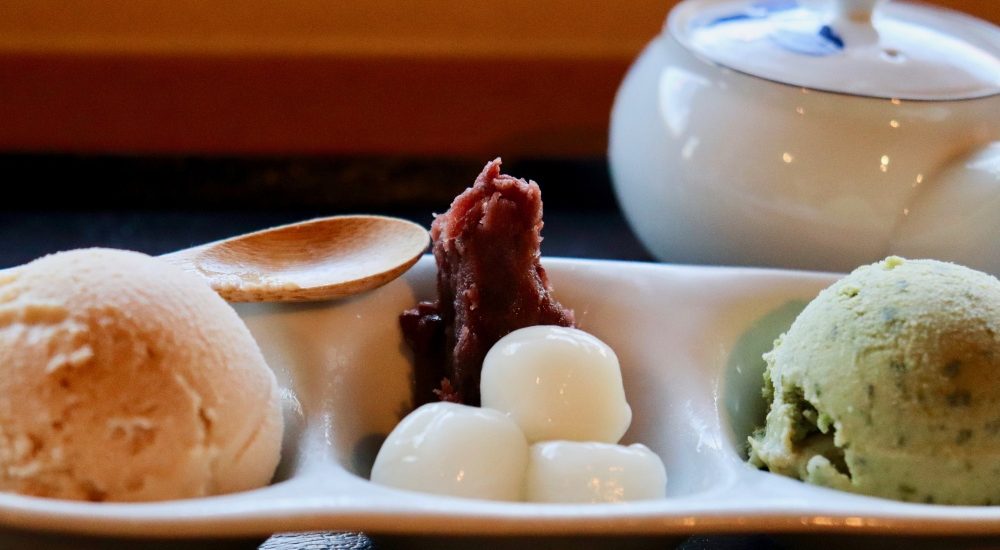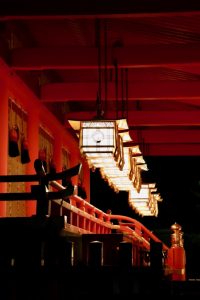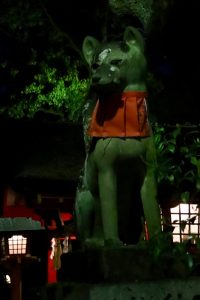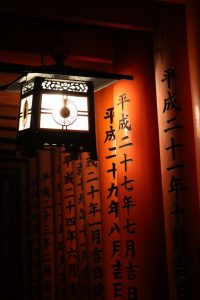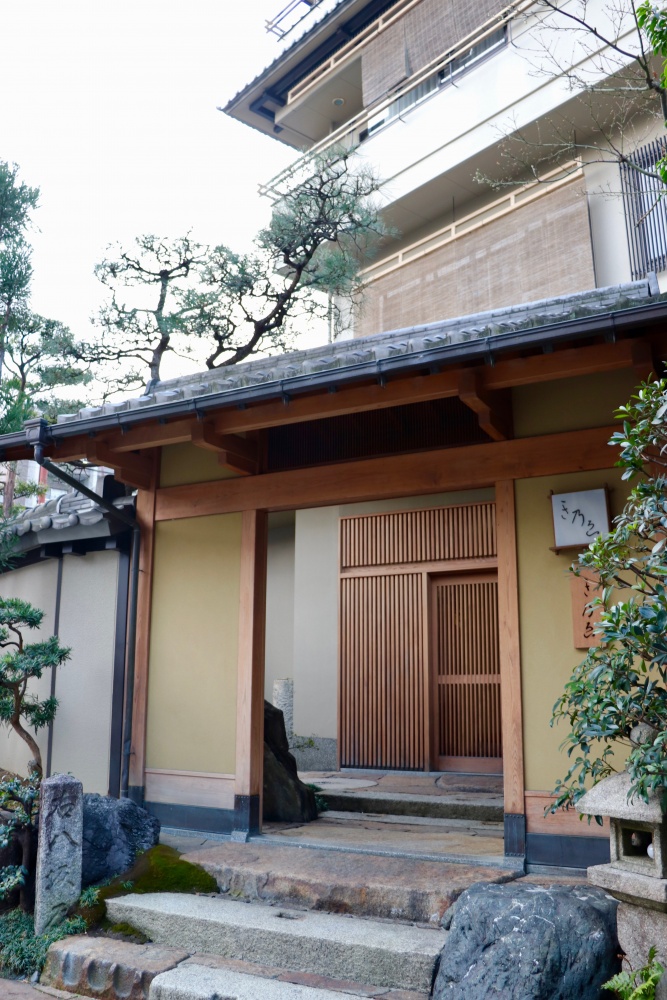
We dragged our feet this morning, sad to leave our beautiful machiya behind for our next home, the Kinoe ryokan. A ryokan is a Japanese inn where guests are pampered and served multi-course dinners and breakfasts en suite. In hindsight, a ryokan that accepts children probably should have been a red flag, since the luxurious ones, which I really wanted to book, don’t allow kids. Although one night at the ryokan cost four times the amount at our machiya, we felt like we were staying in the Motel 6 of ryokan. Instead of the website-advertised Japanese rock garden view, we saw the backs of air conditioning units on apartment buildings across the way (sigh). On the bright side, though, the ryokan was located right in the middle of town giving us a good base for the day’s explorations.
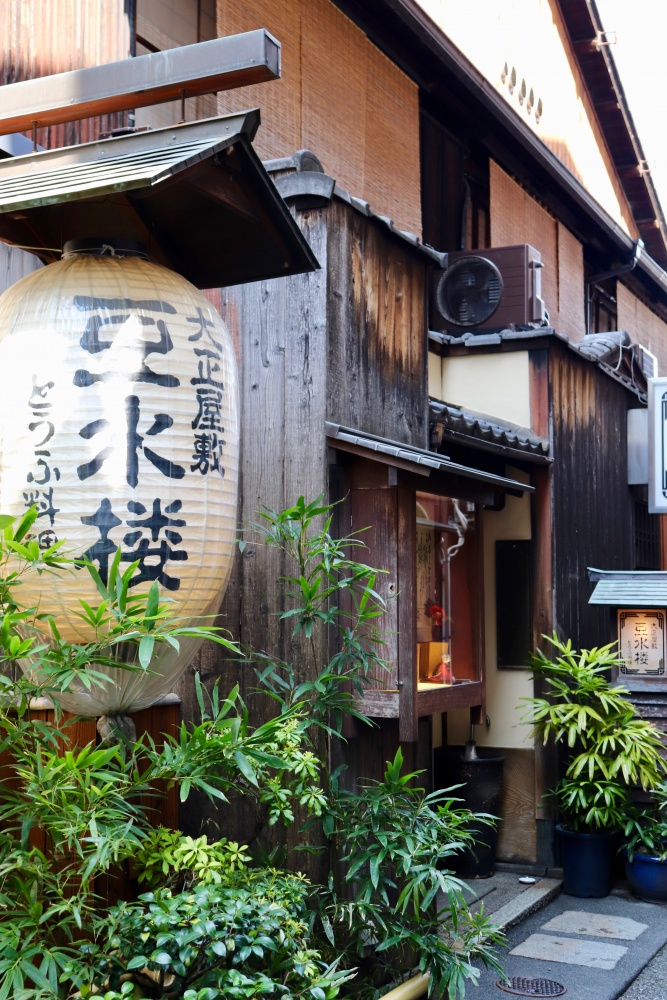
Our first stop was Tosuiro, a restaurant specializing in tofu in all of its incarnations. Once again, Jules powered through as the only kid in a fine-cuisine Japanese restaurant set in a 100 year old home, eating about ten courses of tofu in all shapes, sizes and textures served by kimono-clad waitresses. As you can imagine, the homemade tofu was flavorful and rich, shaming the factory-made tofu we buy in supermarkets. The yudofu, hot tofu in a seaweed broth, epitomized the elegant simplicity that is Japan.
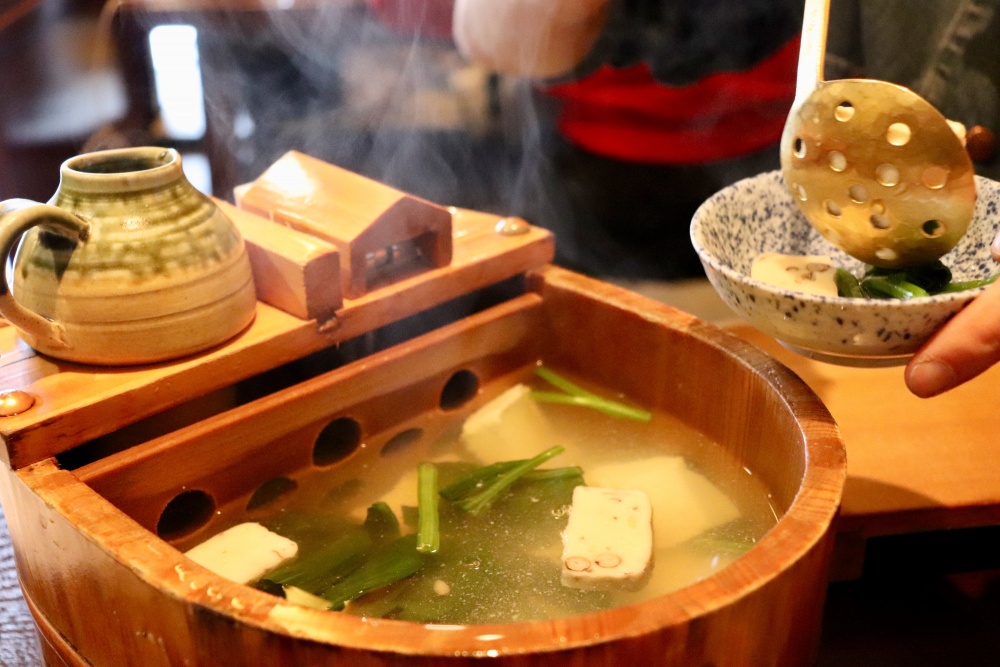
After lunch, we meandered through downtown Kyoto, finding beautiful specialty boutiques like Ichihara Heibei Shoten, a shop that has been selling only chopsticks for the past 250 years! We couldn’t quite bring ourselves to spend over $100 for a pair of chopsticks, but we certainly upgraded the IKEA models we’re currently using.
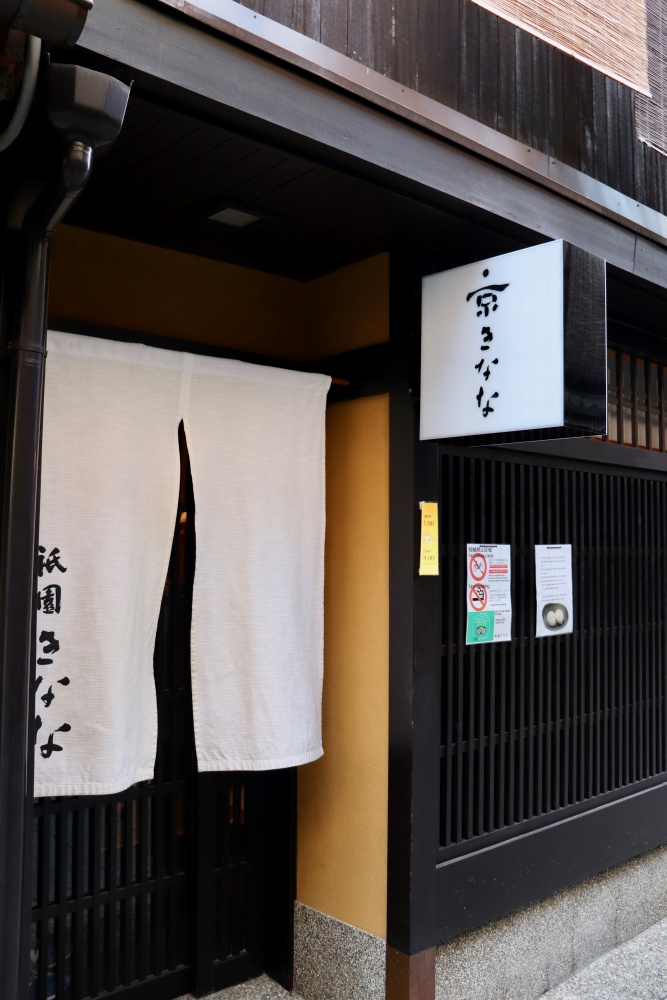
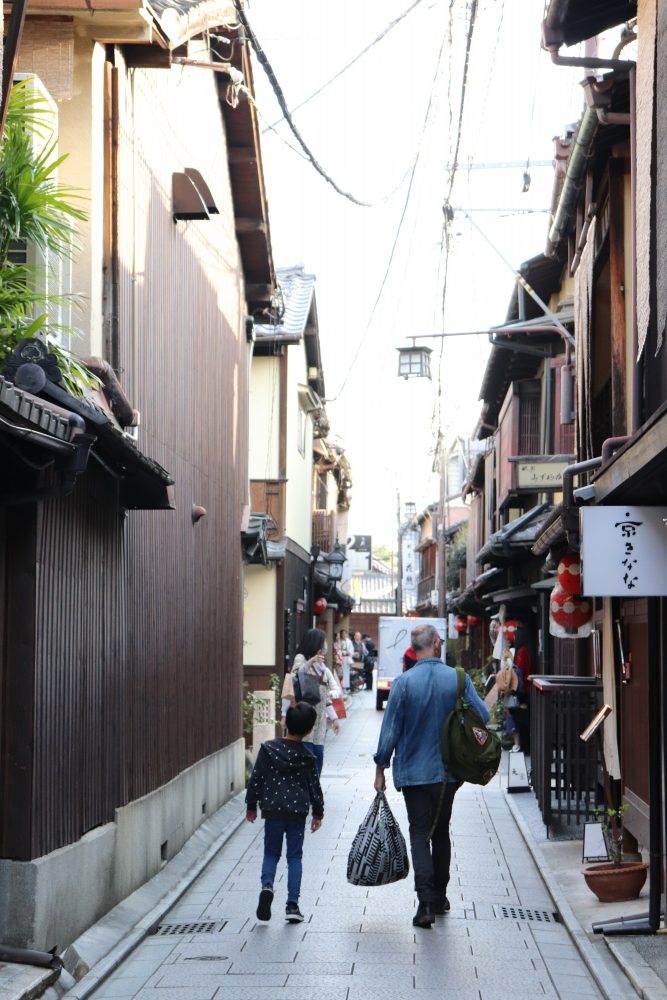
Enough shopping, let’s eat. We walked to the Gion area, or geisha district, of Kyoto for my next surprise. On an unassuming street, we walked through a pair of noren (Japanese fabric dividers) to find ourselves in an undecorated, tiny room with a single staircase.
We stood on line behind a few other guests and were given menus to one of the most special ice cream shops everrrr, Gion Kanana. Instead of eggs Gion Kanana uses soybean powder from a particular black soy bean as a thickener and the resulting ice cream is as creamy as the ‘real’ thing. Philip and Jules opted for the Instagram-worthy parfaits while I opted for the ‘dekitate,’ or flavors of the day, which ensured that the ice creams were made fresh without ever setting eyes on a freezer. The mugwort and soybean powder flavored ice creams paired with the red bean paste, mochi (chewy rice balls) and roasted barley tea were insane! I’m not much of an ice cream person, but I gobbled this plate down without any assistance. Philip and Jules seemed pretty happy, too.
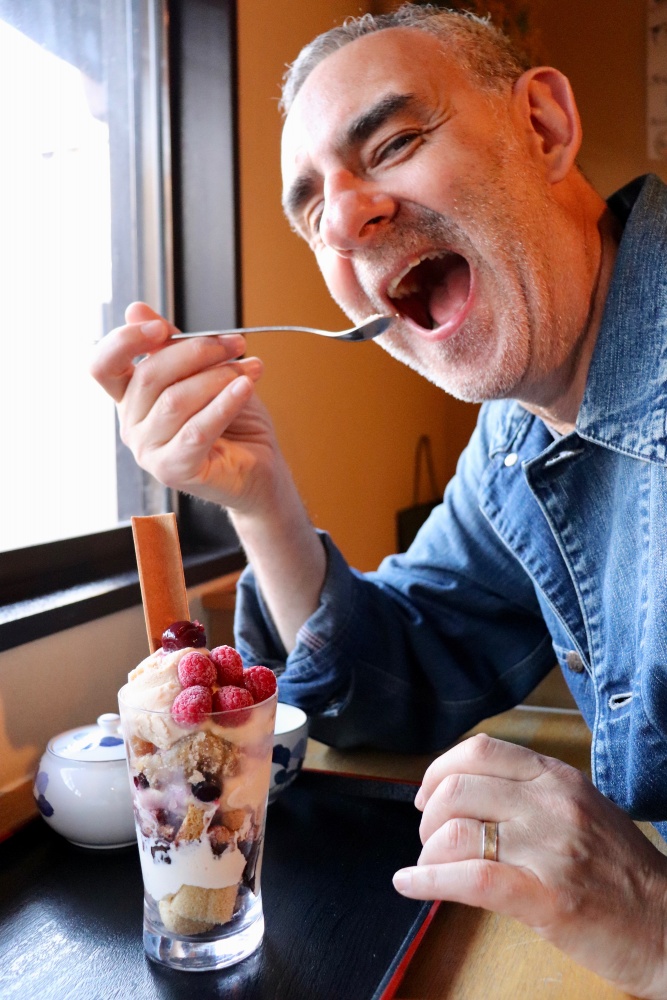
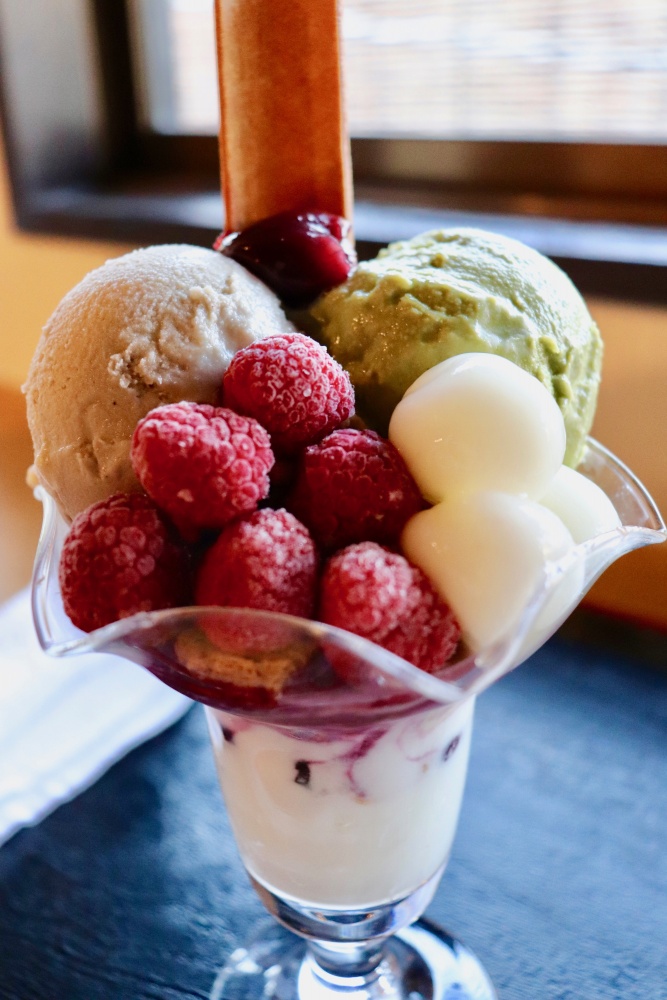
We strolled through the streets of Gion afterwards with its old low-lying buildings and small tucked away temples and shrines. As you can imagine, though, we weren’t the only ones trying to appreciate this most photogenic of sights. So, I resolved to get up in the early hours the next morning to try to capture this area in a more peaceful setting.
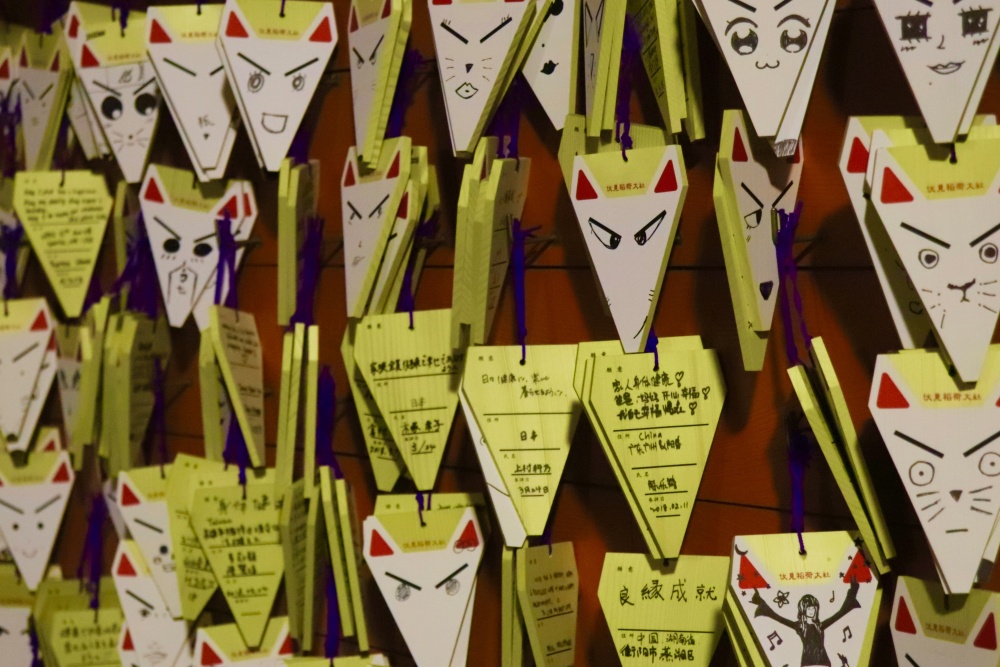
Meanwhile, we set off to the famous Fushimi Inari shrine, a shrine dedicated to Inari, the god of rice, sake and prosperity but mostly worshipped nowadays by businesses and merchants. Each of the tens of thousands of red-orange torii, or gates, has been donated by a Japanese individual or business wishing for good fortune. Having heard about the crazy crowds in the daytime as the No. 1 tourist destination in Japan, we decided to go in the early evening. Well, other people had the same idea, but again, by walking 5-10 minutes beyond the main entrance we were able to find moments of solitude. It was incredible walking under an endless tunnel of vermilion-saturated arches under the moonlight. I loved how the arches started out about 20 feet tall and then shrank to around 7 feet tall as the path progressed uphill making me feel like I was nestled inside the ripest of tomatoes. We also made sure to stop and say hello to the foxes, or kitsune, standing guard as the messengers of Inari.

